Latest posts
Enter the GigaScience Prize Track at ICG-12
Scott Edmunds - May 29, 2017
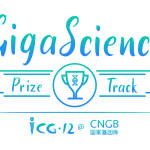
Call for Submissions for the GigaScience Prize Track, where you can win prizes and flights to join us in Shenzhen for BGI’s ICG-12 conference.
The genome of a shape shifting butterfly
Hans Zauner - May 10, 2017

A new genome sequence of the butterfly Bicyclus anynana helps understand a fascinating shapeshifting butterfly species that can modify its morphology in response to environmental clues.
A Passion for Morphing Passiflora Leaves: Author Q&A with Daniel Chitwood
Nicole Nogoy - May 4, 2017

Author Q&A with Daniel Chitwood and call for papers for our plant phenomics series, talking about his passion for Morphing Passiflora Leaves
Guardians of the Galaxy Workflow
Scott Edmunds - April 28, 2017
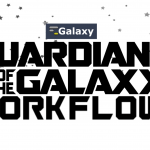
The GigaScience Galaxy series has just published its 12th paper, and we cover the GCC2017 Galaxy Community Conference in Montpellier
ShoRtcut from bioRxiv to GigaScience
Hans Zauner - March 23, 2017

Authors can now submit their bioRxiv preprints directly to GigaScience via the biorXiv b2j “bioRxiv to journal” platform, at the push of a button
Getting the Buzz on Bee Parasites. Author Q&A with Tatsuhiko Kadowaki
Scott Edmunds - February 24, 2017
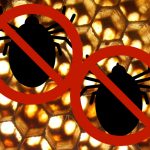
Author Q&A with Tatsuhiko Kadowaki where we get the Buzz on Bee Parasites, specifically honey bee ectoparasitic mite, Tropilaelaps mercedesae
2016: An Eventful Year for GigaScience
Nicole Nogoy - December 13, 2016
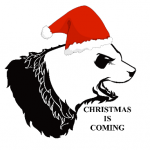
This year has been an eventful one, probably too eventful for many. For GigaScience it has been eventful too, although fortunately in a much more positive way than many have experienced. While there are fears of us entering a “post-truth” era, there is more need than ever for our role as promoters of transparency, reproducibility and providers of cold-hard data. We celebrated our birthday with Mickey Mouse, and experienced many other milestones. On the technical front, this year we have brought you better integration with citable and updatable methods, bigger better and broader data types, and much more. In the tradition of end-of-year-introspection, here is a summary of some of our 2016 achievements as we continue to push the boundaries of innovative publishing of all research objects and reproducible research.
Ginkgo genome fills an evolutionary hole
Scott Edmunds - November 25, 2016

New in GigaScience is an article that presents the genome sequence of Ginkgo biloba, the oldest extant tree species. The research was carried out by a team of scientists at BGI, Zheijiang University and the Chinese Academy of Sciences, who tackled and analyzed an exceptionally large genome, totalling more than 10Gb. Ginkgo is considered by some as a “living fossil”, its form and structure having changed very little in 270 million years. Its unique position in the evolutionary tree of life means the ginkgo genome will provide an extensive resource for studying early events in tree development and evolution.
Remember Remember, It’s Neuro-November!
Nicole Nogoy - November 1, 2016

Halloween may be over, but this November GigaScience will be continuing to fight the zombie (paper) apocalypse and binge on sweet sweet brains (research outputs).
Personal Genomics Enters a New Phase
Scott Edmunds - October 11, 2016
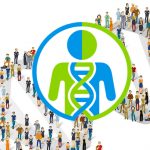
Individual human genomes are diploid in nature, with half of the homologous chromosomes derived from each parent. The context in which variations occur on each individual chromosome has profound effects on the action and clinical importance of the genes on it, but this “haplotype” information has been mostly ignored in genomics research to date. A wealth of new data released from the Personal Genome Project via a new Data Note helps fill this gap by releasing the largest set of high coverage whole human genome assemblies with experimentally determined haplotypes to date.